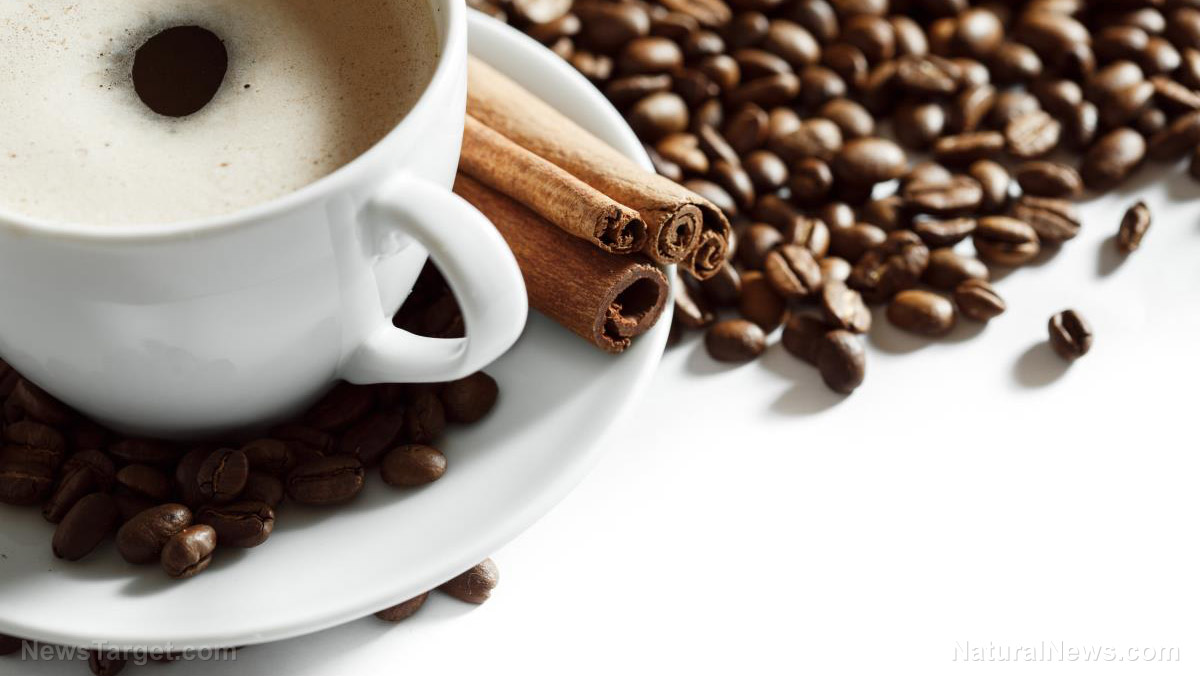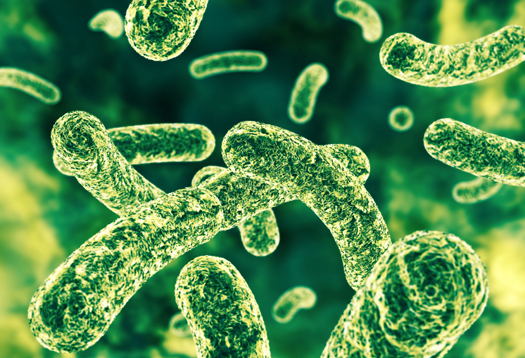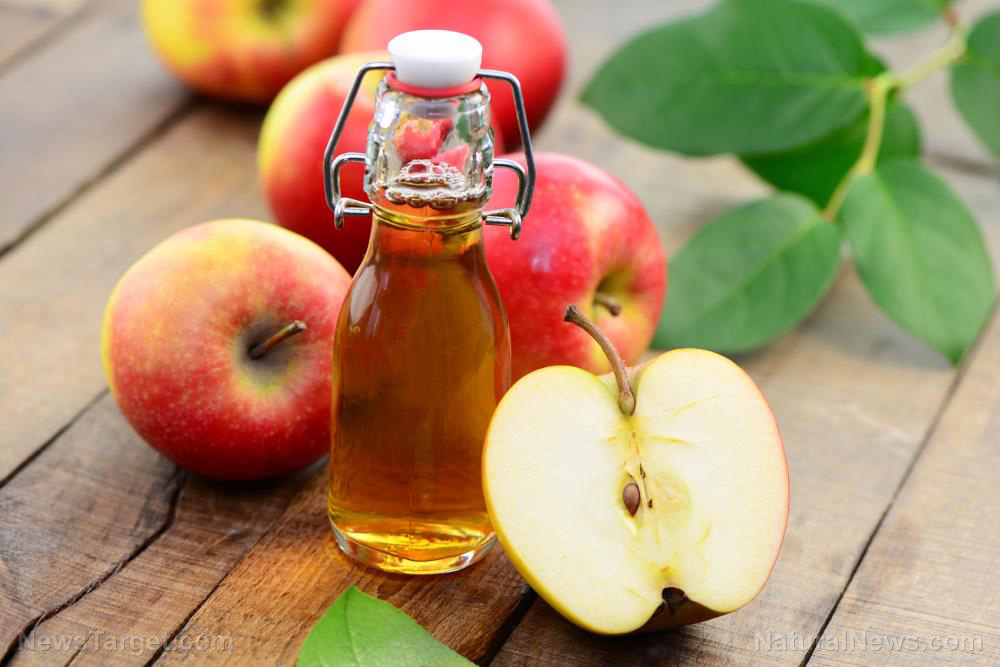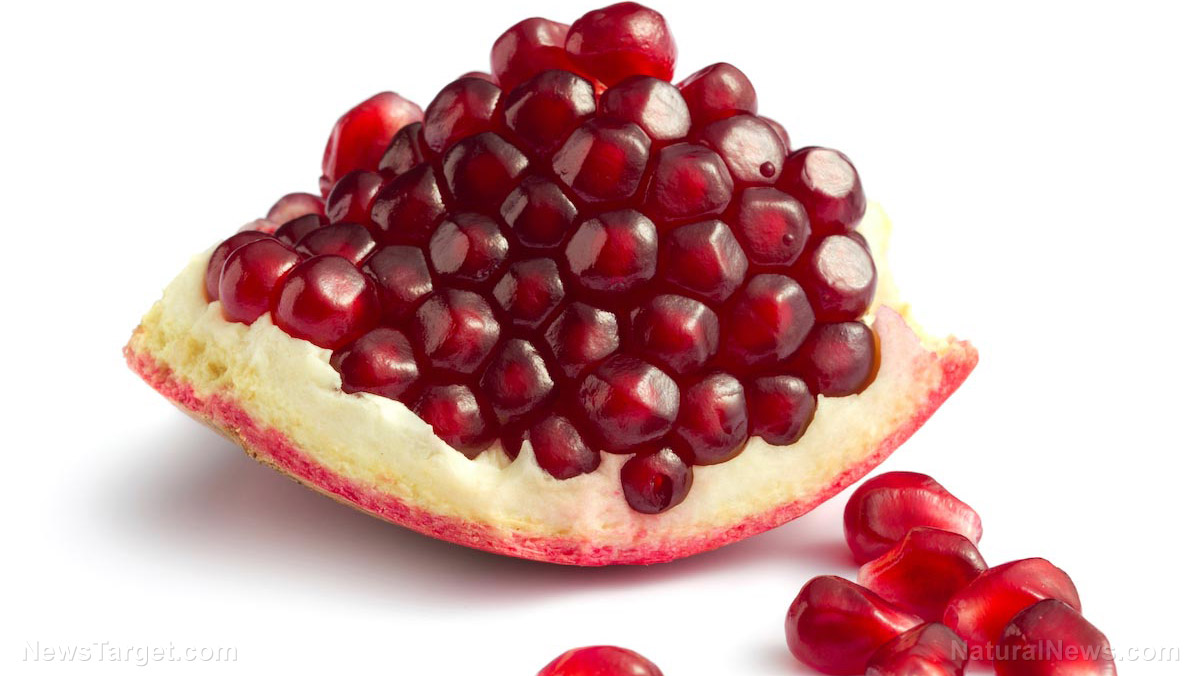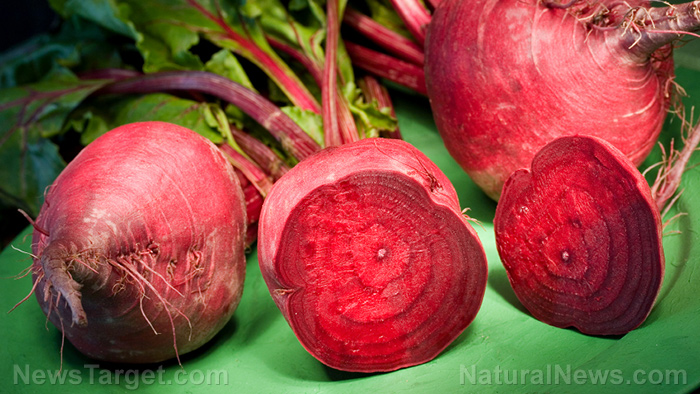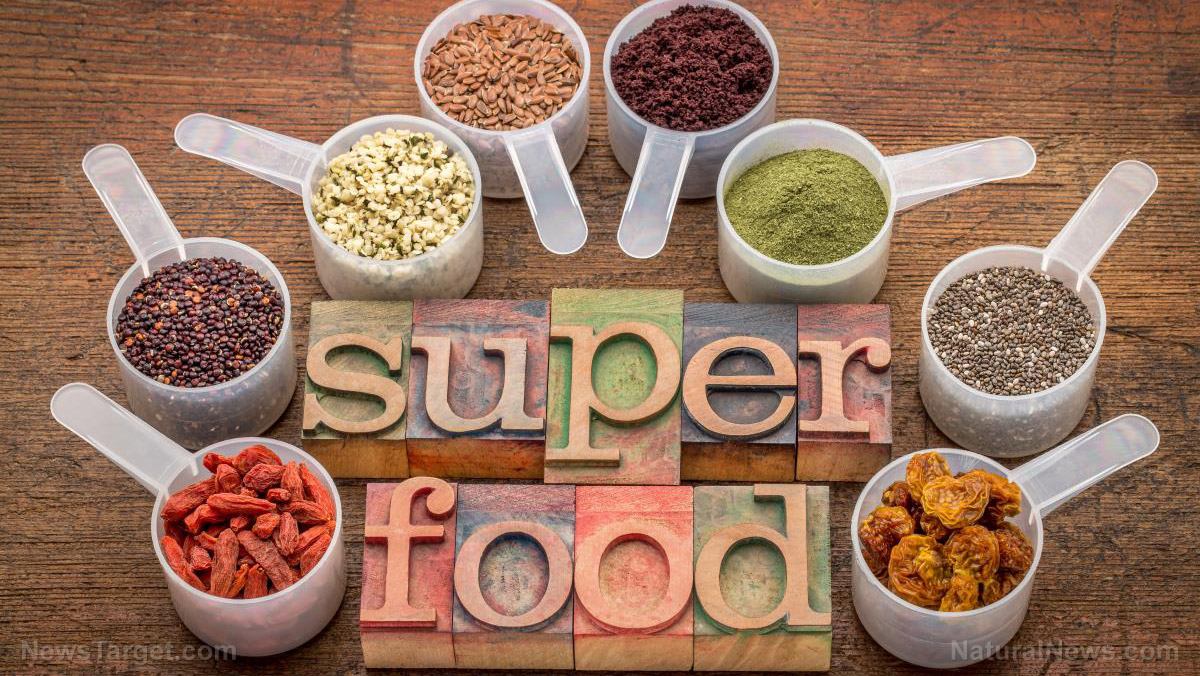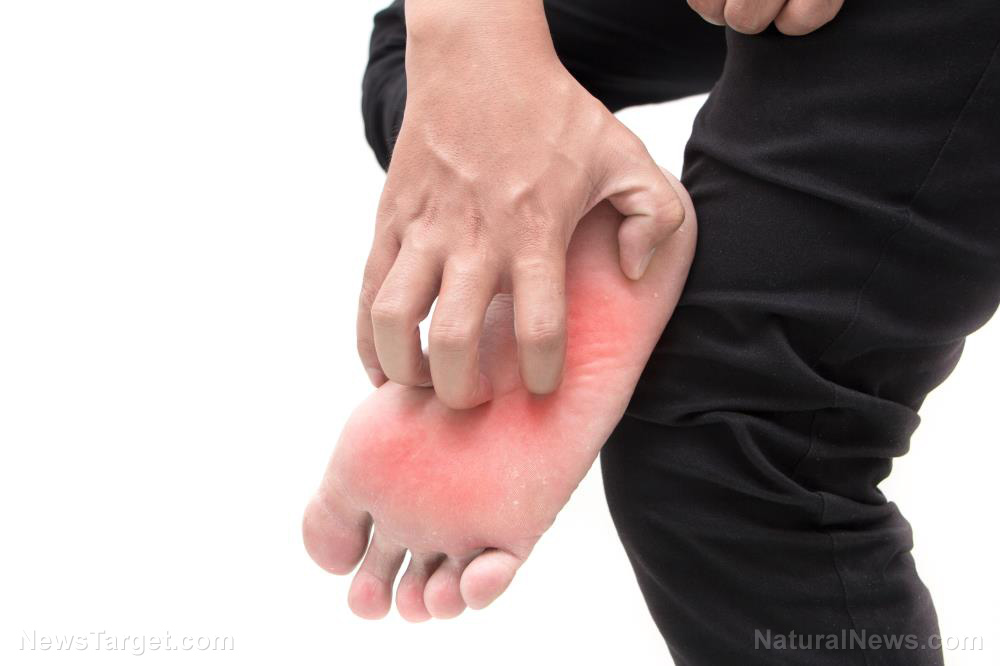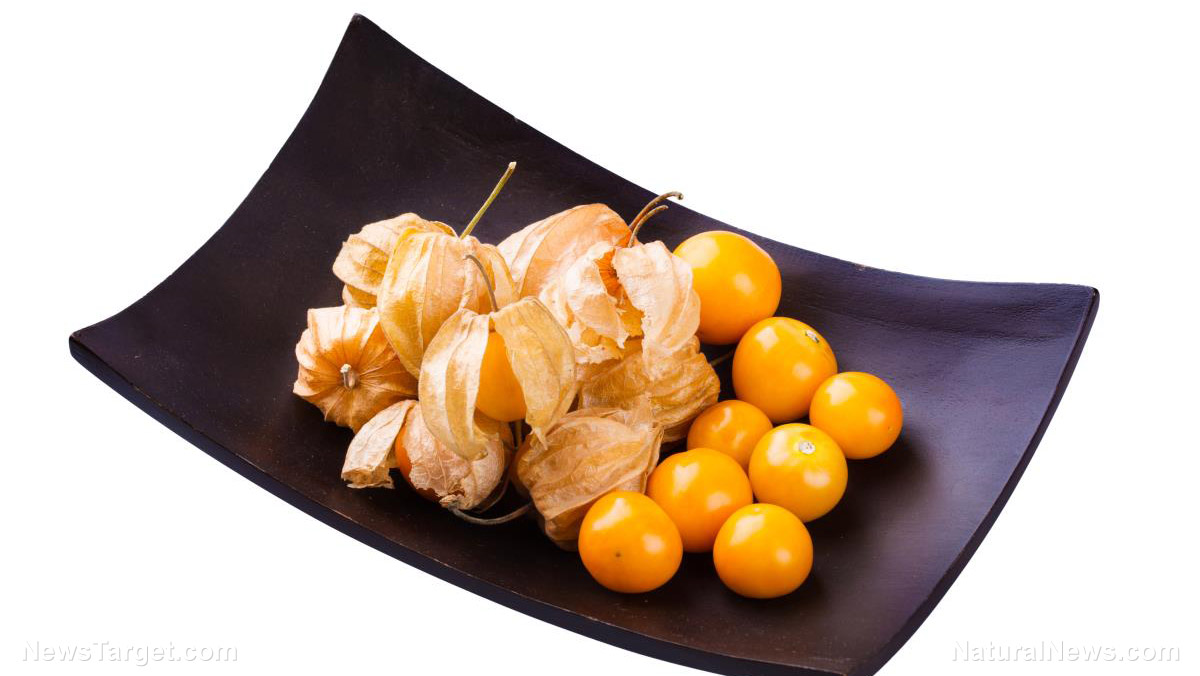A good substitute for eggs and egg whites may be found in something you normally discard
12/20/2018 / By Zoey Sky

Health-conscious foodies, especially those who love to bake, are always looking for healthier substitutes to eggs and egg whites. However, it looks like the search for a vegan-friendly egg substitute may finally be over thanks to something called aquafaba.
Aquafaba: The vegan-friendly and gluten-free egg substitute
Aquafaba, named after the Latin words for water (“aqua”) and bean (“faba”), is the liquid found in canned beans. It also refers to the broth that’s left behind when you cook beans and chickpeas. Butter beans, other beans, and legumes can also produce aquafaba.
People normally throw away aquafaba, but food researchers are finding new ways to use the starchy protein as an egg white substitute for different recipes.
Common whole egg substitutes include applesauce, bananas, nuts, prunes, pumpkin, and seeds. However, a lot of egg replacements aren’t always an option for vegans or individuals with gluten sensitivity.
Meanwhile, there aren’t many good alternatives for more delicate recipes that use egg whites like baked goods, mayonnaise, and meringues. To address this concern, food researchers started looking for a “simpler, whole-food approach to egg whites that tasted better.” (Related: Researchers create a gluten-free sweet biscuit recipe.)
Aquafaba.com states that the liquid is a unique combination of proteins, starches, and other soluble plant solids that remain in the cooking water, giving the liquid a wide range of uses. Since its use as an egg substitute is a fairly new discovery in the food community, food researchers are still studying how to use aquafaba.
To date, aquafaba has been used as an ingredient in foods like:
- Aioli
- Butters
- Cheeses
- Mayonnaise
- Meringues
- Other baked goods
If you want to start cooking with aquafaba, here’s a basic meringue recipe that you can try.
Aquafaba meringue
Ingredients:
- A 13- to 15-ounce can of chickpeas
- 3/4 cups of organic granulated sugar
Tools:
- Bowl
- Large baking sheet
- Parchment paper
- Spoon
- Stand mixer (with a balloon whisk)
Aquafaba’s consistency should mimic an egg white. In general, three tablespoons of aquafaba is equal to one egg. When cooking with the egg substitute, make sure you’re using a liquid that’s a “little slimy, but not too thick, and not too runny.”
Steps:
- Place some parchment paper on a large baking sheet.
- Strain the liquid from the can of chickpeas, the place the liquid in a stand mixer with a balloon whisk.
- Whip the liquid at high speed, then slowly pour in the organic granulated sugar into the aquafaba. Keep whipping the liquid until firm peaks form.
- You can stop whipping once the mixture has a glossy texture. You should be able to turn the bowl upside down without spilling the mixture.
- Use a spoon to scoop the mixture onto the parchment paper in the baking sheet. Try to form one and a half inch blobs. Don’t scoop them too close together so they don’t stick to each other as they bake.
- Place the baking sheet in an oven that’s preheated to 200 F. Bake the meringue for an hour and 30 minutes, then let the meringue cool before serving.
What is aquafaba?
In 2014, Joël Roessel, a vegan French musician, discovered that aquafaba could be used as a substitute for egg whites or as a foaming agent.
Aquafaba comes from pulses such as beans, chickpeas, and lentils. Pulses are rich in carbohydrates, mainly starch. Starch, which is the storage form of energy in plants, is made up of two polysaccharides: amylose and amylopectin.
When you cook pulses, the starches absorb water, swell, and then gradually break down. This makes amylose and amylopectin, together with some protein and sugars, leach into the water. This leaching process results in the liquid called aquafaba.
Read more articles about other gluten-free recipes and vegan ingredients at Food.news.
Sources include:
Tagged Under: aquafaba, beans, canned beans, chickpeas, egg substitutes, egg white substitutes, gluten free, gluten-free ingredients, gluten-free recipes, protein, recipes, starch, vegan, vegan ingredients, vegan recipes

